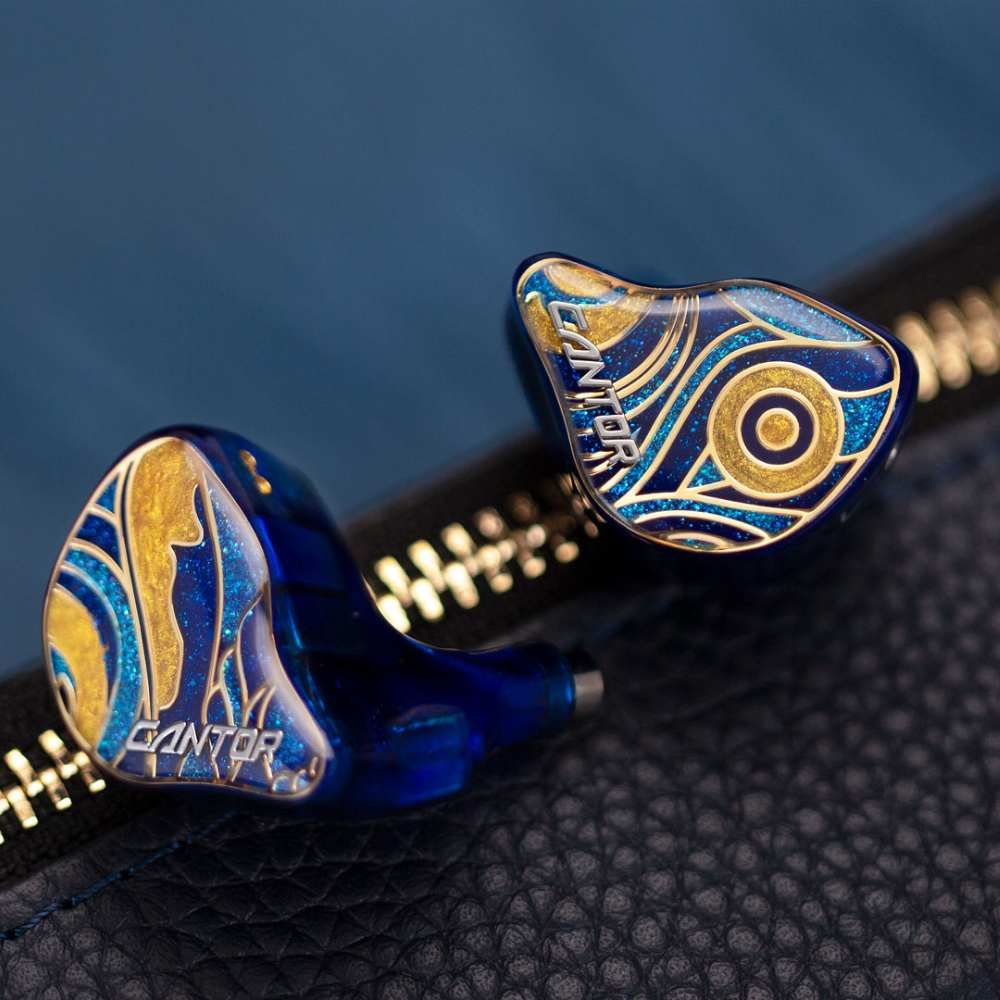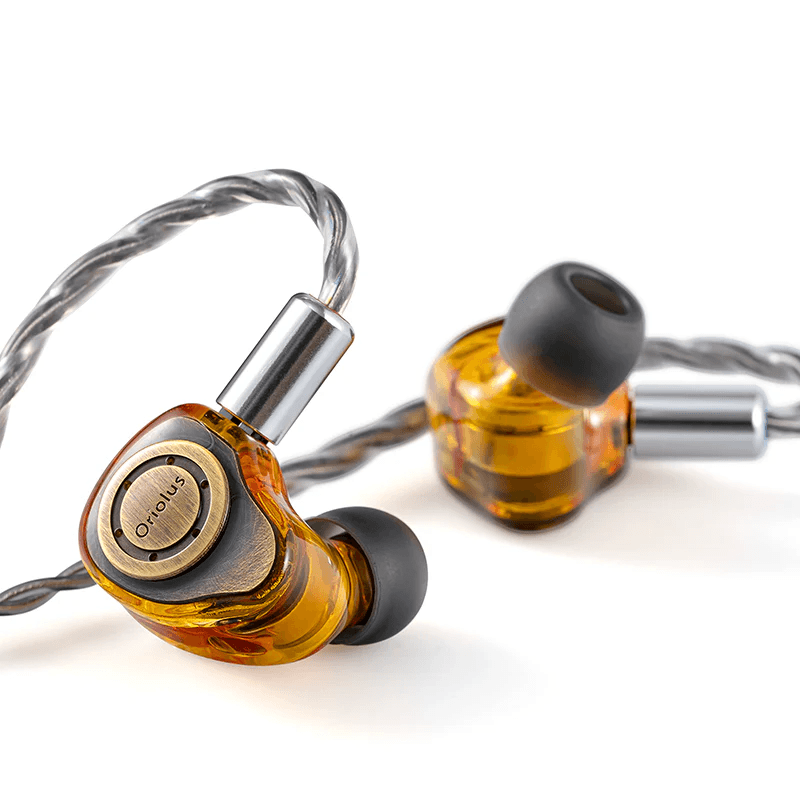Cantorvs.Isabellae
Sound & Specs Comparison
Information
Both IEMs are widely regarded in the audiophile community. See how they differ in terms of sub-bass response, upper mids, clarity, and overall tonality. Spider charts and rating breakdowns included.
Objective Comparison
Facts, details, stuff.
| General Info | Cantor | Isabellae |
|---|---|---|
| Brand | AFUL | Oriolus |
| Country | Taiwan | USA |
| IEM Description | The AFUL Cantor combines technical precision with musicality in a hybrid design. Featuring a dynamic driver for powerful bass and multiple balanced armatures for clean mids and sparkly highs, it delivers a spacious soundstage with excellent separation. Tuning leans slightly toward a balanced-bright signature, making it a solid choice for detail lovers who still want some low-end punch. | An emotive single‑dynamic‑driver IEM with warm mid‑bass and rich, forward mids—especially vocals—balanced by smooth treble and natural sub‑bass. Crafted in resin for comfort and refined tone. |
| Price Level | 500 – 1.000 | 500 – 1.000 |
| Housing & Driver | ||
|---|---|---|
| Driver Config | Multi-BA | Single Dyn. Driver |
| Driver Types | Balanced Armature | Dynamic Driver |
| Shell Material | – | 3D‑printed medical‑grade resin |
| Cable | 4Braid 5N OFC Cable | Silver‑plated OFC, 4.4 mm balanced termination |
| Technical | ||
|---|---|---|
| Freq Range | – | 10 Hz – 40 kHz |
| Impedance (Ω) | 20 | 30 |
| Sensitivity (dB) | 106 | 113 |
| Crossover | RLC Network Electronic Crossover | – |
| Platform Info | ||
|---|---|---|
| Comments | 2 | 0 |
| Visit Count | 144 | 62 |
| External Reviews | 1 | 0 |
Meta Ratings
// Nothing to compare yet.
Sound Characteristics
Low-frequency extension on Cantor feels s more natural and authoritative, while Isabellae lacks some reach (8.5 vs 5.8). It renders bass with c greater punch and separation, where Isabellae sometimes feels bloated (9 vs 6.5). The bass in It feels a more physical and textured, with improved rumble and body compared to Isabellae (8.5 vs 6). It renders lower mids a more naturally, giving male vocals and instruments a fuller tone than Isabellae (8.5 vs 6.5). In the upper mids, It sounds a clearer and more articulate, highlighting vocals and lead instruments better than Isabellae (8 vs 6.8). Instruments like violins and brass are portrayed with a more brilliance on It, while Isabellae sounds slightly dull (8 vs 6.5). It captures ambient cues and reverbs a more precisely through its upper treble, enhancing spatial perception over Isabellae (7.5 vs 7). The stereo field on It feels a wider and more holographic, whereas Isabellae sounds more intimate (8 vs 6.8). It retrieves micro-details a more effectively, revealing nuances that are less apparent in Isabellae (8.8 vs 6). Track elements feel a more isolated and clean on It, offering clearer focus than Isabellae (8.3 vs 6.3). It avoids frequency masking m more successfully, preserving clarity across the spectrum better than Isabellae (8 vs 5.5). Notes on It feel a more grounded and weighty, whereas Isabellae can sound thin or hollow (7.5 vs 6.5). Percussion and quick attacks feel a more physical and punchy on It, adding excitement over Isabellae (8.5 vs 6). It controls harsh sibilant peaks overwhelmingly more effectively, making vocals smoother than on Isabellae (8.5 vs 3.3). It renders timbres with a better harmonic balance, preserving the character of instruments more accurately than Isabellae (7.5 vs 6.3). It achieves a better tonal neutrality, avoiding colorations present in Isabellae (8.8 vs 6.5). Subtle ridges and granularity are conveyed m more clearly on It, adding life that Isabellae doesn’t quite match (8 vs 6).
| Cantor | Isabellae | |
|---|---|---|
| Sub Bass | 8.5 | 5.8 |
| Bass | 9.0 | 6.5 |
| Bass Feel | 8.5 | 6.0 |
| Lower Mids | 8.5 | 6.5 |
| Upper Mids | 8.0 | 6.8 |
| Lower Treble | 8.0 | 6.5 |
| Upper Treble | 7.5 | 7.0 |
| Sound Stage Width | 8.0 | 6.8 |
| Detail | 8.8 | 6.0 |
| Layering | 8.3 | 6.3 |
| Masking | 8.0 | 5.5 |
| Note Weight | 7.5 | 6.5 |
| Slam | 8.5 | 6.0 |
| Sibilance | 8.5 | 3.3 |
| Timbre Color | 7.5 | 6.3 |
| Tonality | 8.8 | 6.5 |
| Texture | 8.0 | 6.0 |
Tonal Signature
// Nothing to compare yet.

